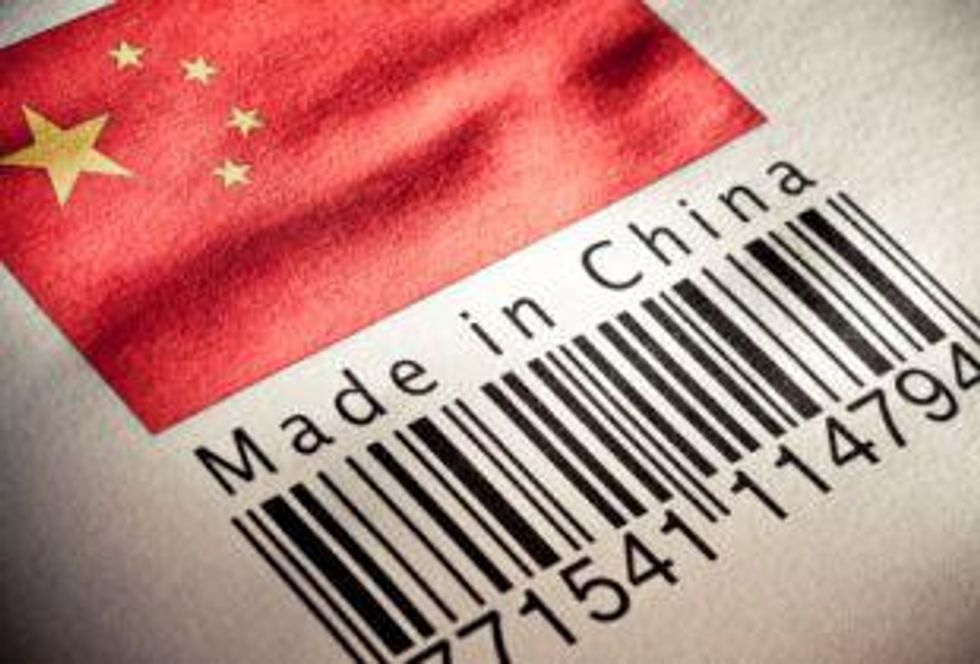A report stating that China may control molybdenum production by classifying the material as a ‘national mining resource’ has been raising eyebrows. How will this affect the molybdenum market? Will the moly market react as the rare earth market reacted to reduction in export quotas? Or will the fundamental differences between the two markets stop a feeding frenzy?
By Michael Montgomery—Exclusive to Moly Investing News
The molybdenum market may be affected by a decision by the Chinese to classify moly as ‘national mining resource,’ limiting the mining and export of the metal in the same fashion as rare earth elements. In 2007, China instituted export quotas for molybdenum, however, this new classification would exert more control over the mining of the material. The China Securities Journal quoted an unidentified source as saying the Asian nation would “limit molybdenum mining from next year by classifying it as a national mining resource,” reported Xiao Yu, for Bloomberg.The effect of the reduction of quotas and mining of rare earths in China has made increased share prices of many rare earth mining companies for simple supply and demand fundamentals. After the release of the article stating the impending changes, share prices for Thompson Creek Metals (TSX:TCM)(NYSE:TC), and China Molybdenum Co. (HKG:3993) rose 16 percent and 5 percent, respectively. Investors should be cautious to these advances, the benefits of these regulations, and the market reaction to them is a double edged sword.
They do help in reducing the amount of supply. However, the frenzy that it created in the rare earth market boosted share prices, only to see the prices fall after China eased trade embargos and dispelled rumors of ever tightening export quotas. The situation was covered in an article on Rare Earth Investing News. Investors should take this news as a positive, but not be baited into fanatical buying for short term gains. If the changes to the market are not as extreme as the ones in the rare earth market, any gains made in the interim may be lost. The changes are also tempered by the fundamental difference between the two markets.
China has an absolute monopoly in the rare earth market, controlling 97 percent of the world supply. Aside from a few minor producers outside of China such as Lynas Corp, (ASX:LYC) and Molycorp (NYSE:MCP), there is no new rare earth supply coming online in the next few years. Any shifts in the supply and demand fundamentals in the rare earth market, such as a major reduction in export quotas, severely affects price of the materials and all products that contain them. The world has virtually no option but to either buy from China, or move their production facilities for high tech products there.
When it comes to molybdenum, China does hold serious power over the market; they have 22 percent of the world’s inventories, and are the largest producer of the metal. According to the USGS, in 2009, the top producers of molybdenum are the China, U.S., and Chile. Any supply changes from China will not have the drastic effects on world molybdenum prices as seen in the rare earth market.
The most serious effects of the impending regulation changes in China, if mining is limited, is the effect on China once again becoming a net importer of the material, as they were in 2009. The effect that had on the molybdenum market was to stabilize the price of the metal after falling from over $30/lb in 2008, down to $8/lb. The price of moly should be helped by this new classification due to the need for steel used for the rapid urbanization of the country.
China’s stimulus package focused heavily on infrastructure projects including pipelines, bridges and power plants, and even Nuclear power, which uses high amounts of moly-steel in the construction. The moly need for the planned construction of nuclear power plants in China was reported on in April. With all the moly needed for these large scale infrastructure projects in China, as well as increased steel demand worldwide bodes well for the long run forecasts for the metal.
